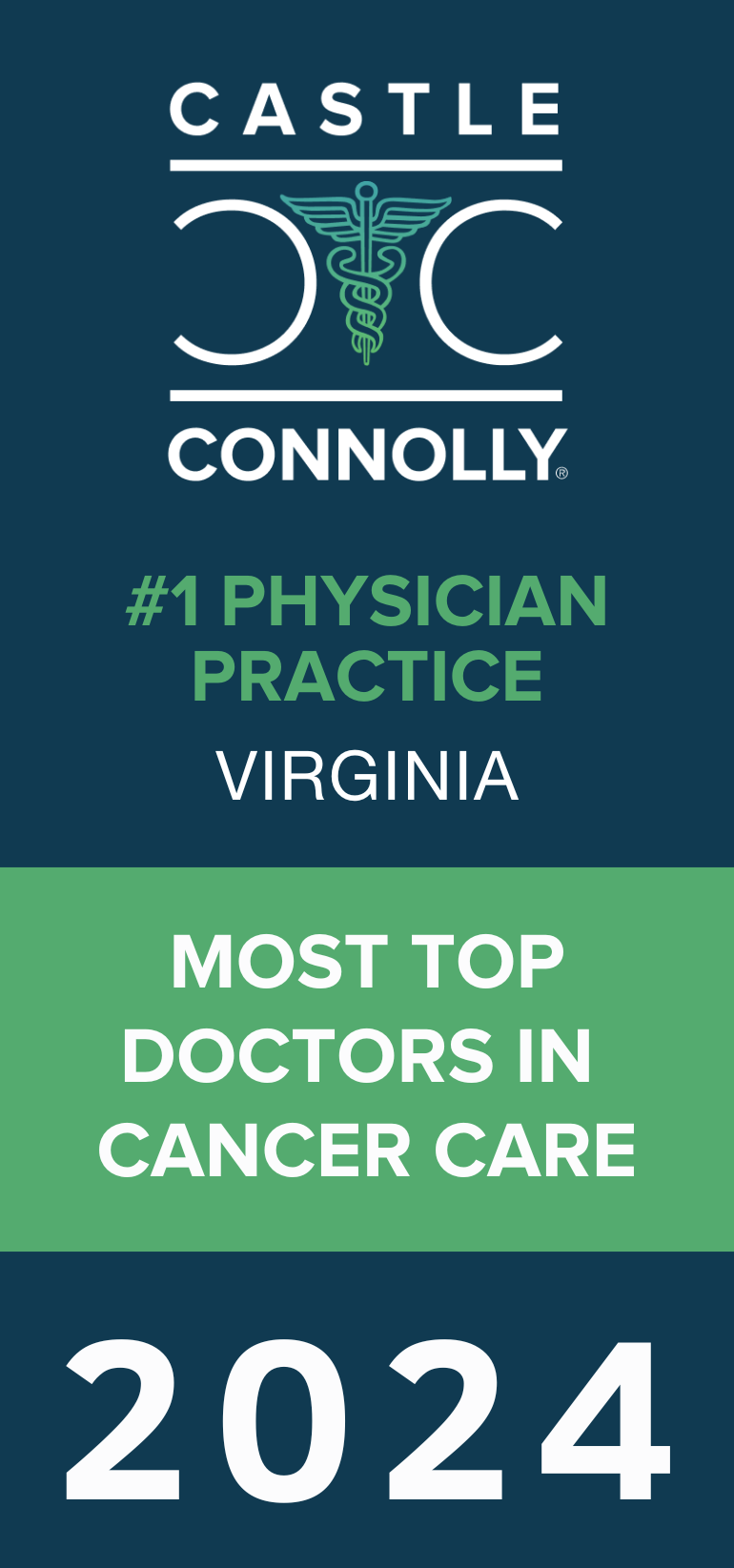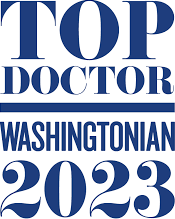As a society, we can do better when it comes to healthy eating. Case in point – according to the USDA, the average Healthy Eating Index score (a measurement of overall diet quality) is 59 out of 100. Oftentimes, it takes a major event – such as being diagnosed with cancer or losing a loved one to the disease – to motivate us to build healthier habits and to learn all we can about the diet and lifestyle modifications we can make to reduce our own risk of developing and/or succumbing to cancer.
As a dietitian, it is incredibly rewarding to be a resource to patients, friends, and family during these times and to share what I know about food and nutrition, as well as other controllable lifestyle factors. What I’ve observed is a tendency to assume that good nutrition to prevent or support cancer treatment has to be complicated – taking specific supplements, cutting out specific foods and food groups, only eating at certain times – or entail some other step that we haven’t already thought of in our normal understanding of health and well-being. And while I must give the disclaimer that, as with all scientific study, the field of nutrition science continues to evolve and we learn more every day, month, year, and decade, the lessons that prove true are not typically the sensational ones you would find in a news headline, but rather the tried-and-true information that gets validated and re-validated over time.
My go-to resource is the 3rd Expert Report on Diet, Nutrition, Physical Activity, and Cancer – released jointly by the American Institute for Cancer Research (AICR) and World Cancer Research Fund (WCRF) in 2018. This work is ongoing through AICR and WCRF’s Continuous Update Project which analyzes global data on the relationship between diet, nutrition, and physical activity on cancer prevention and survivorship and indicates if any changes need to be made to current recommendations.
This summer, a study was published that looked at the effect of following current diet and physical activity recommendations on cancer risk and survival, including breast, lung, and colorectal (CRC) cancer – the three most common cancers globally. It was a meta-analysis – a type of research that examines multiple independent studies on a specific topic to identify trends.
The study found that greater adherence to the “Healthy 10” Guidelines resulted in a lower risk of breast, colorectal, and lung cancers. Further, across cancers, those with greater adherence to the recommendations had a 27% lower risk. For each additional recommendation that was fully adhered to, investigators saw a 10% reduction in cancer risk.
It’s important to note that, although several cancers did not have enough applicable studies to draw conclusions from, many had results that directionally indicated a positive association between adherence to the recommendations and lowering cancer risk.
I anticipate that we will learn more as time goes by, but the lesson to be understood from what we know today is that these are the healthy behaviors to focus most on and that the more of them we can do consistently, the better!
As a reminder, these “Healthy 10” are as follows:
- Be a healthy weight
- Be physically active
- Eat a diet rich in whole grains, vegetables, fruits, and beans
- Limit consumption of red and processed meat
- Limit consumption of sugar-sweetened drinks
- Limit consumption of “fast foods” and other processed foods high in fat, starches, or sugars
- Limit alcohol consumption
- Do not use supplements for cancer prevention
- For mothers: breastfeed your baby, if you can
- After a cancer diagnosis: follow recommendations if you can
Need extra motivation? Grab a buddy and try AICR’s Healthy 10 Challenge
by: Shelley Maniscalco Registered Dietitian












